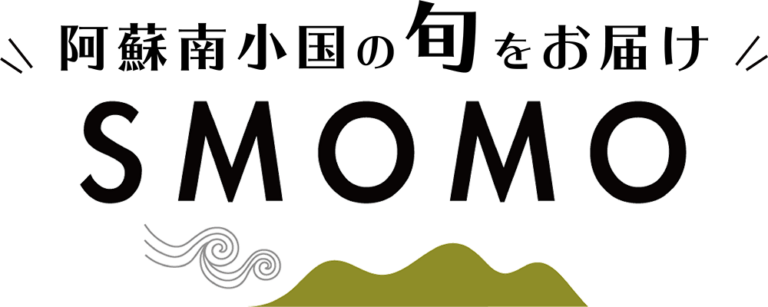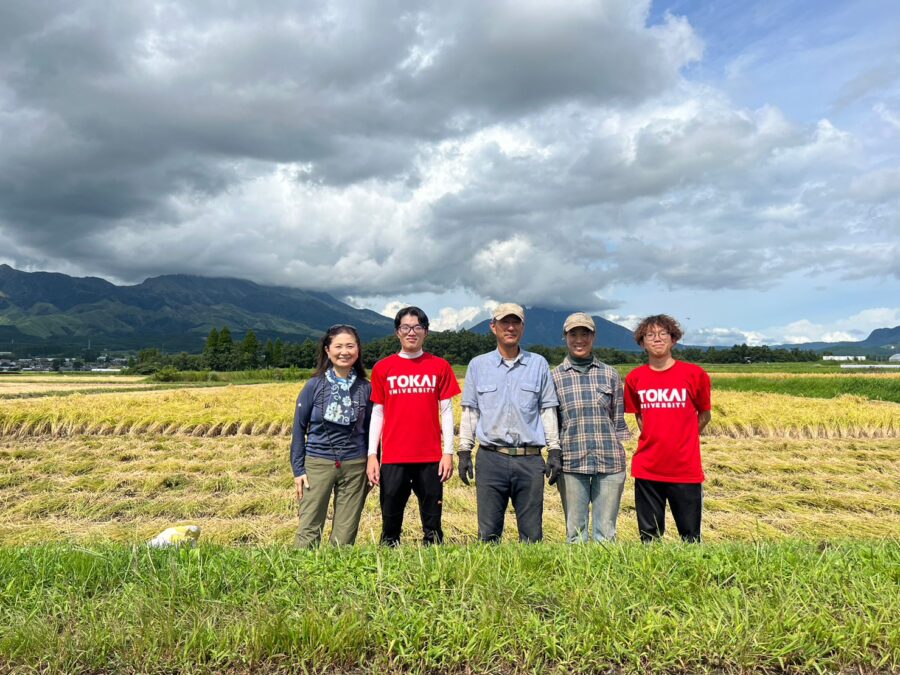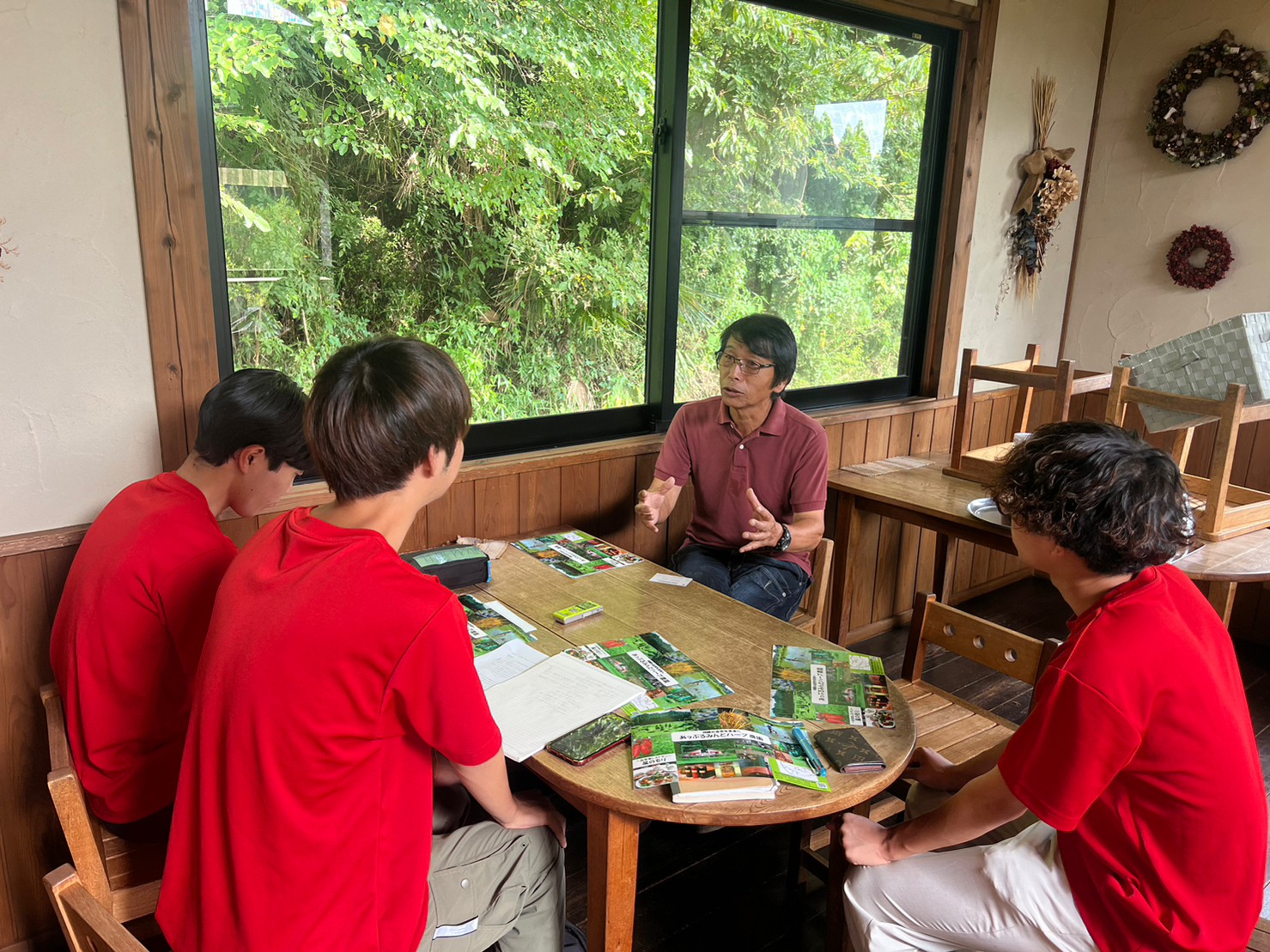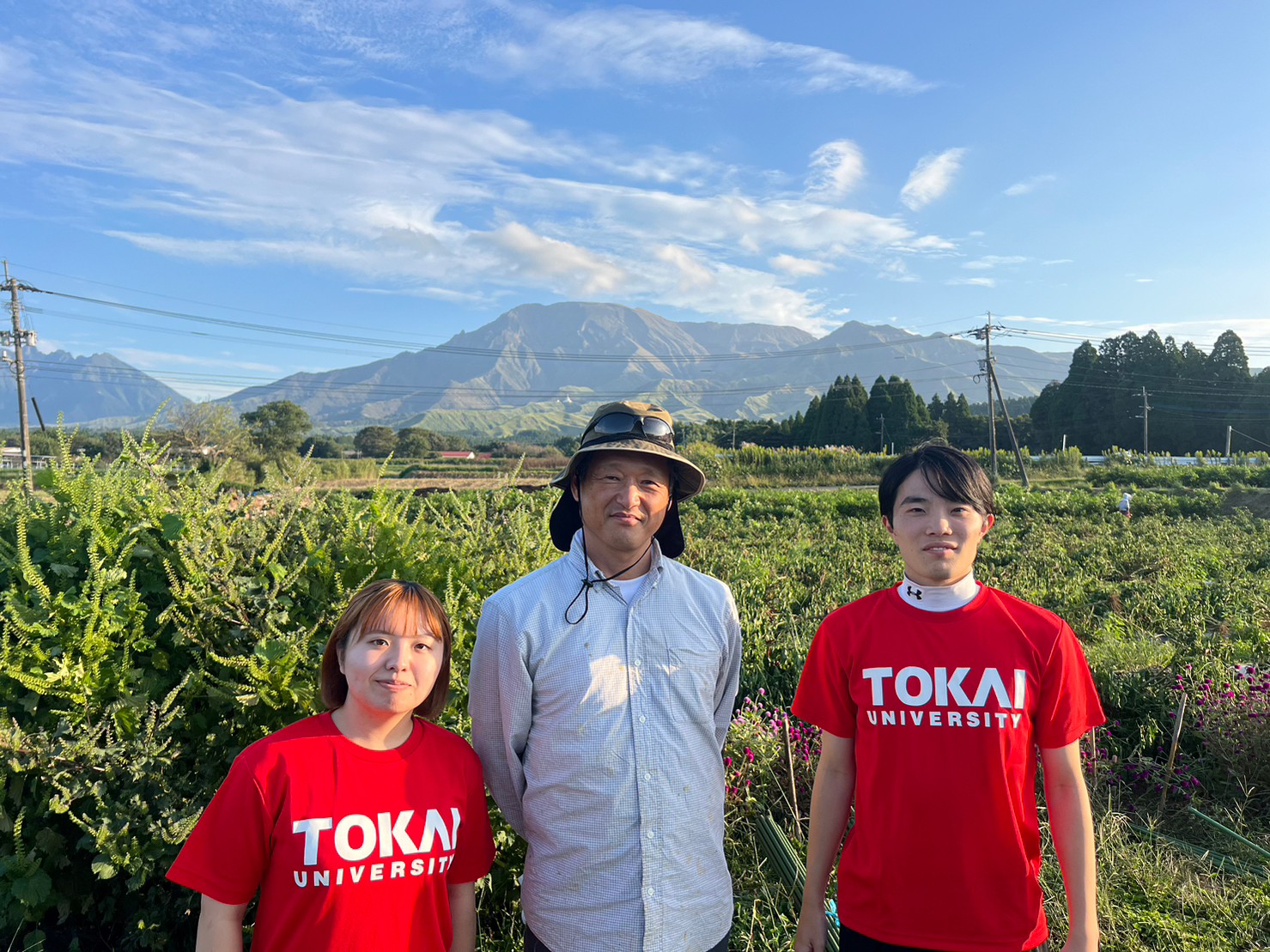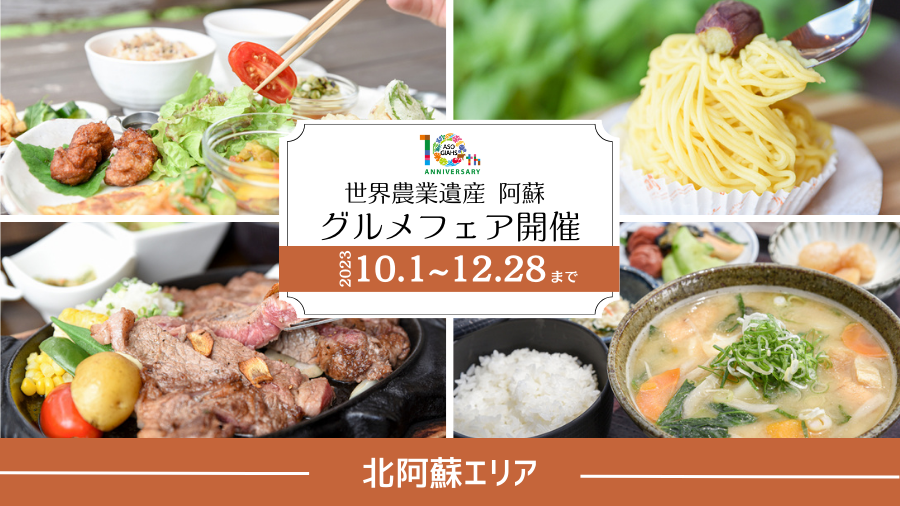Celebrating the 10th anniversary of “Global Agricultural Heritage Aso” certification
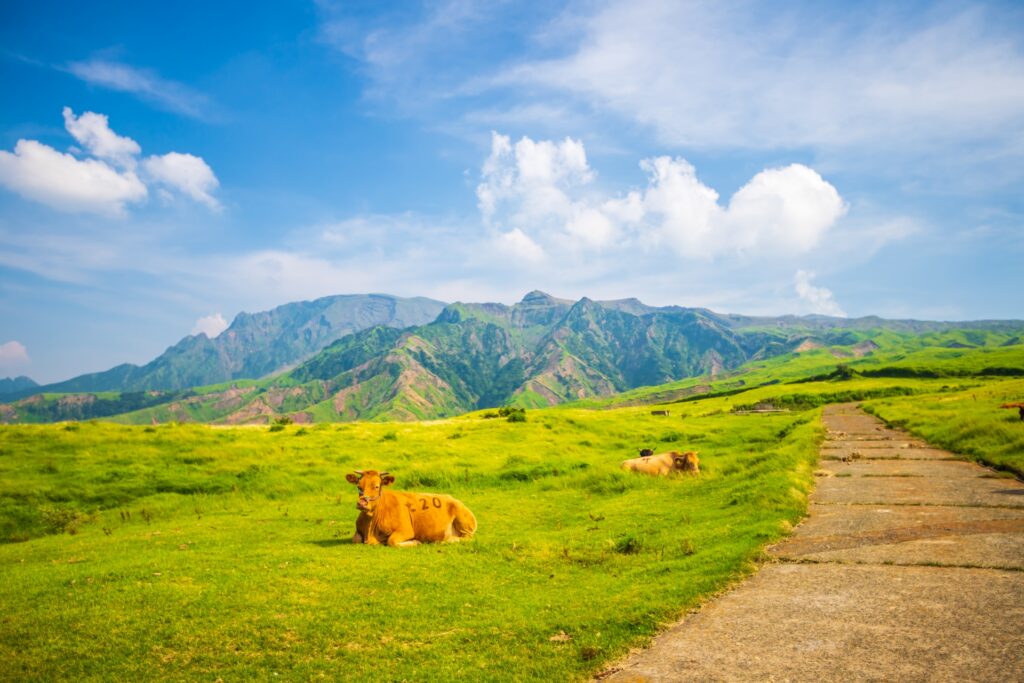
The grasslands of the Aso region have been maintained through agriculture such as burning and grazing for more than 1000 years.
Aso, which has grown together with grasslands, is blessed with diverse agriculture, rare flora and fauna, and traditional farming culture.Aso was recognized as a Global Agricultural Heritage Site in May 2013 as being of global value. We are celebrating our 5th anniversary.
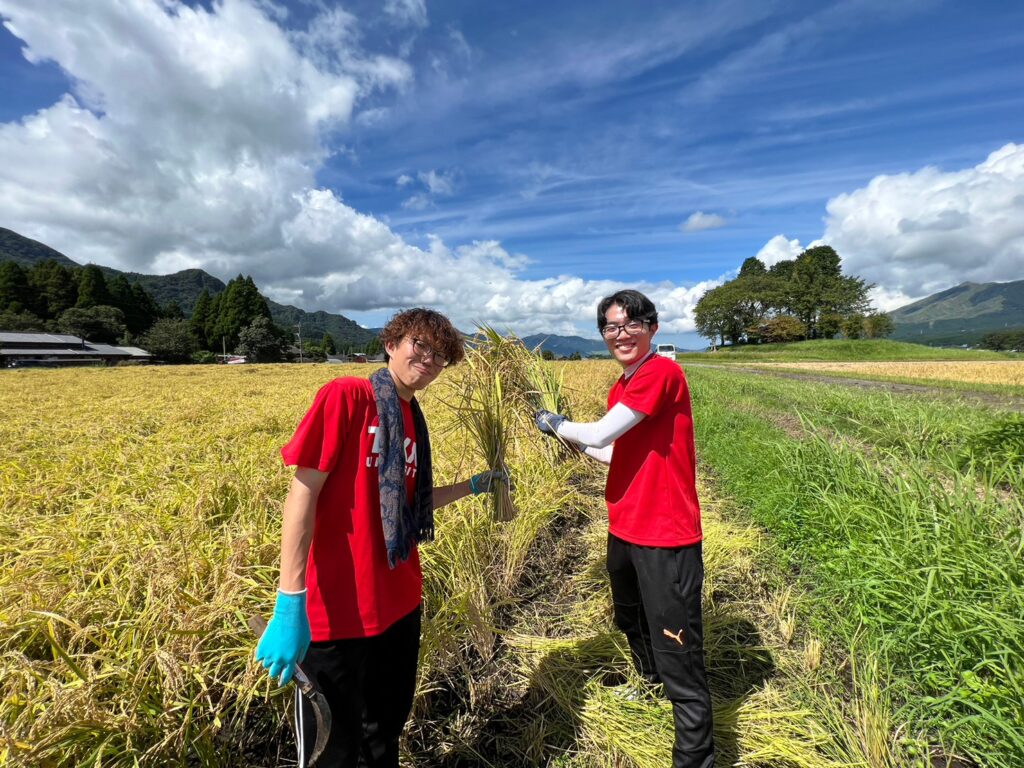
The Tokai University Ecotourism Research Group conducts research activities to learn about ``ecotourism,'' a system that preserves and utilizes regional treasures.
To commemorate the 10th anniversary of the World Agricultural Heritage designation, students from the Ecotourism Study Group visited and interviewed people who support Aso's agriculture in order to learn more about the agriculture, culture, and history that are the treasures of the Aso region. .
Hello!Have you ever heard of the terms World Cultural Heritage and World Natural Heritage?
yes!It's what you had in mind.Now, let's take a look at the worldAgriculture:Did you know that there is such a thing as "heritage"?
It's probably not a word you're familiar with.Without this interview, I think I would have remained ignorant about the Global Agricultural Heritage.First, let me briefly introduce what the "Global Agricultural Heritage" is.
💡What is Global Agricultural Heritage?💡
We comprehensively certify traditional agriculture, forestry, and fishing, as well as land use (irrigation of farmland, reservoirs, water facilities, etc.), techniques, and cultural customs that have been nurtured and maintained by agriculture, forestry, and fisheries, and pass them on to the next generation. It was established by the Food and Agriculture Organization of the United Nations (FAO) in 2002 for the purpose of succession.
About the World Agricultural Heritageplease use this form.(Ministry of Agriculture, Forestry and Fisheries website)
Currently, there are 15 certified areas in Japan, and Aso is one of them.
This time, we spoke to Airi Otsu of O2Farm, a rice farmer in Aso who worked hard to get Aso certified as a World Agricultural Heritage Site.
[Opportunity for aiming to become a World Agricultural Heritage Site]
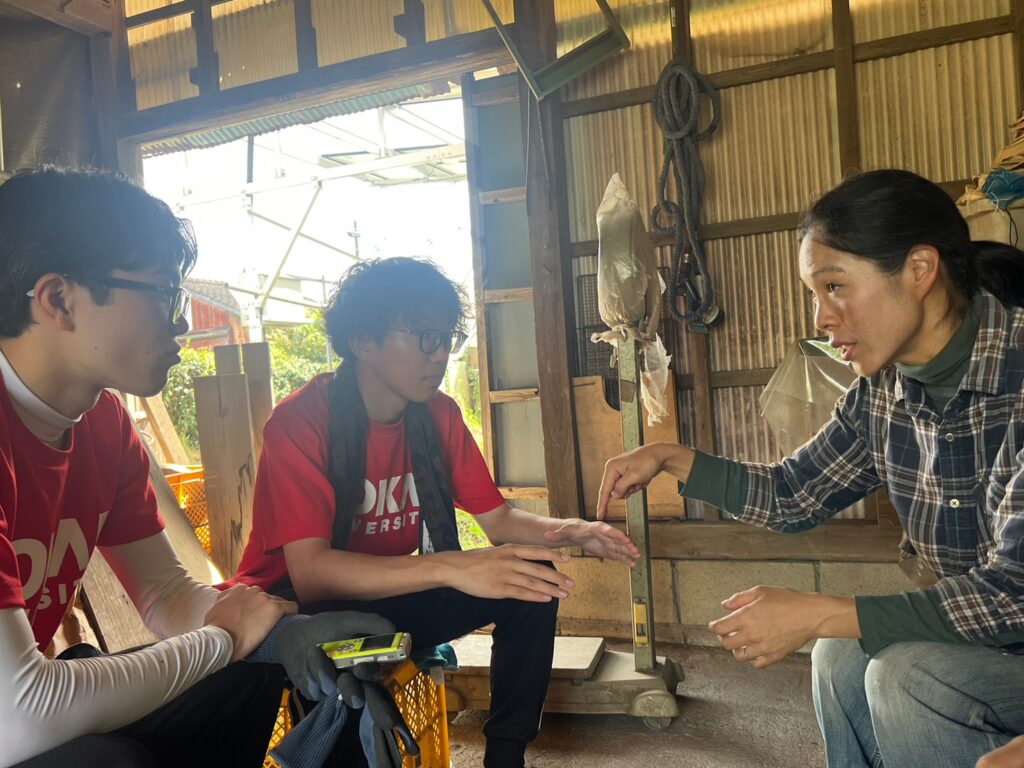
――First of all, what made you aim to become a Global Agricultural Heritage Site?
Airi Otsu:It all started when I read a paper written by a chef named Kenshin Miyamoto.In Italy, where Chef Miyamoto trained, there is a high value placed on local cuisine made with locally sourced ingredients.
I was aware that I had to use local ingredients to protect the landscape of my land, and I wanted to spread that awareness in Japan as well.His paper was published in a newspaper and the World Agricultural Heritage became known.It was decided that Kumamoto might also be an option, so the two of them worked together.
At the time, Airi and Miyamoto, who were spreading the word about Aso's landscape conservation, teamed up to aim for recognition as a Global Agricultural Heritage Site.Since no one knows about the Global Agricultural Heritage, we held a study session to learn about its value.
Airi-san:What do you think Aso's tourism resources are?
Author: Is it natural?
Airi-san:Then how did this nature come about?Was this landscape created without any modifications?
I couldn't answer this question.Then, Airi talked about the characteristics of Aso's grassland, which is a tourism resource, and the reason why it was registered as a World Agricultural Heritage Site.
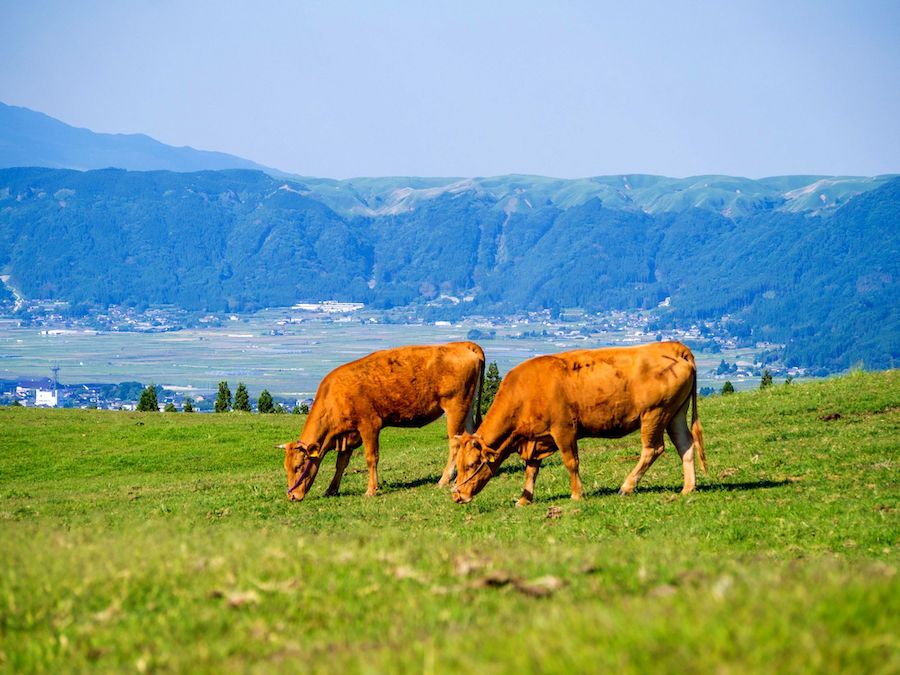
Airi:Aso's tourism resource is "nature that has been modified by humans."It is the farmers who have protected Aso's tourism resources, and if these people disappear, Aso's landscape will disappear.Aso's nature has been protected by humans for over 1000 years.There are also ecosystems, cultures, and festivals that can only be found here.
If this ``nature that has been touched by humans'' disappears, it will collapse along with tourism.In the grasslands of Mongolia and the African continent, plants can only grow to grassland level due to climate and soil conditions.In other words, grasslands can be preserved even if left alone.
It is said that the current Aso grassland is the only one in the world that has been maintained by humans for over 1,000 years.The social value of Aso's natural landscape was recognized by its designation as a Global Agricultural Heritage Site.
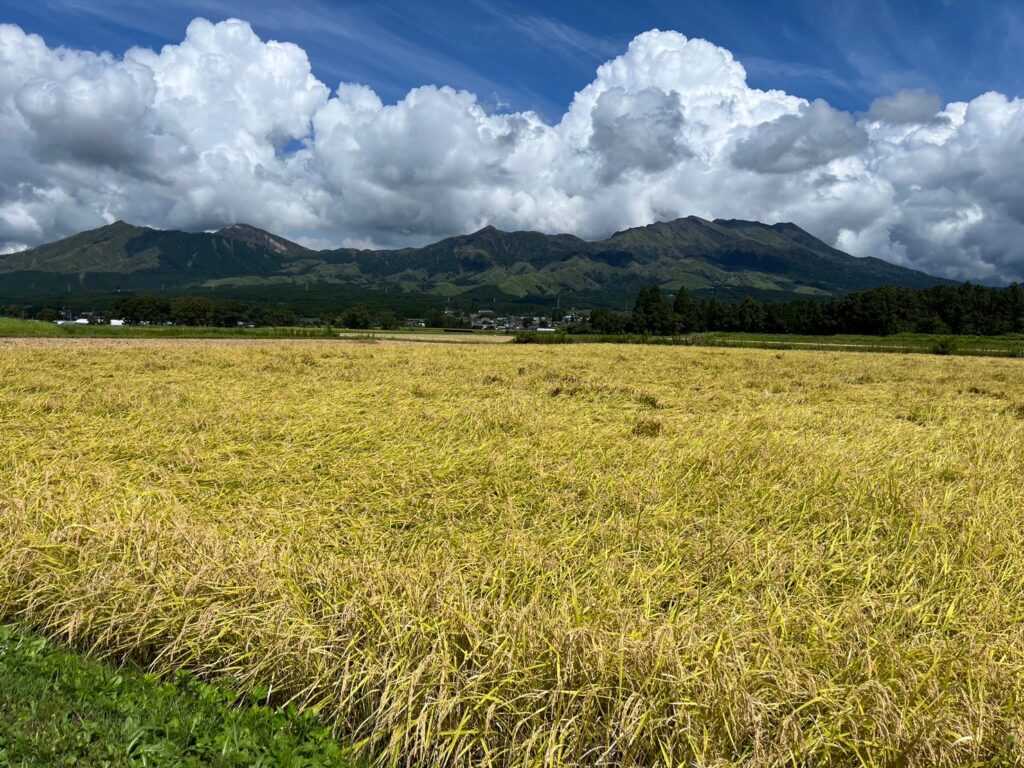
When visiting Aso for sightseeing, I think many people are impressed by the vast grasslands.I was moved by the fact that the landscape did not originally exist, but was created by the farmers living there and has been passed down.
---Why are you so particular about growing rice?
Airi:While making a living through farming, the only way to earn a stable income is by growing crops using greenhouses.However, if vinyl greenhouses line the entire area, the scenery of Aso that tourists have come to expect will be spoiled.Unless land-based agriculture such as rice cultivation is used, landscape preservation will not be possible.
I realized that the reason Aso's landscape is so beautiful is because they pay close attention to agricultural methods.I also felt that in order to protect this landscape and grassland, it is necessary to continue practicing traditional land-use agriculture.
[Agricultural experience that gave me valuable experience]

After listening to Airi's story, we watched the rice harvesting process and we also helped out a little.It was very cool to see Airi's husband, Kota, harvesting rice using a combine harvester, and I was surprised by his high level of operating skills.

We used sickles to harvest the corners of the rice fields that could not be harvested with the combine.The crunchy feeling when cutting was very refreshing.It was fun to experience rice harvesting as it is something you rarely get to experience.

I also helped stack up the bagged rice in the warehouse. Each bag weighed about 1 kg, so it was a physically demanding task, but everyone was able to work together to complete the task.
However, I also felt how difficult it is for farmers who have to do such heavy labor with a small number of people.
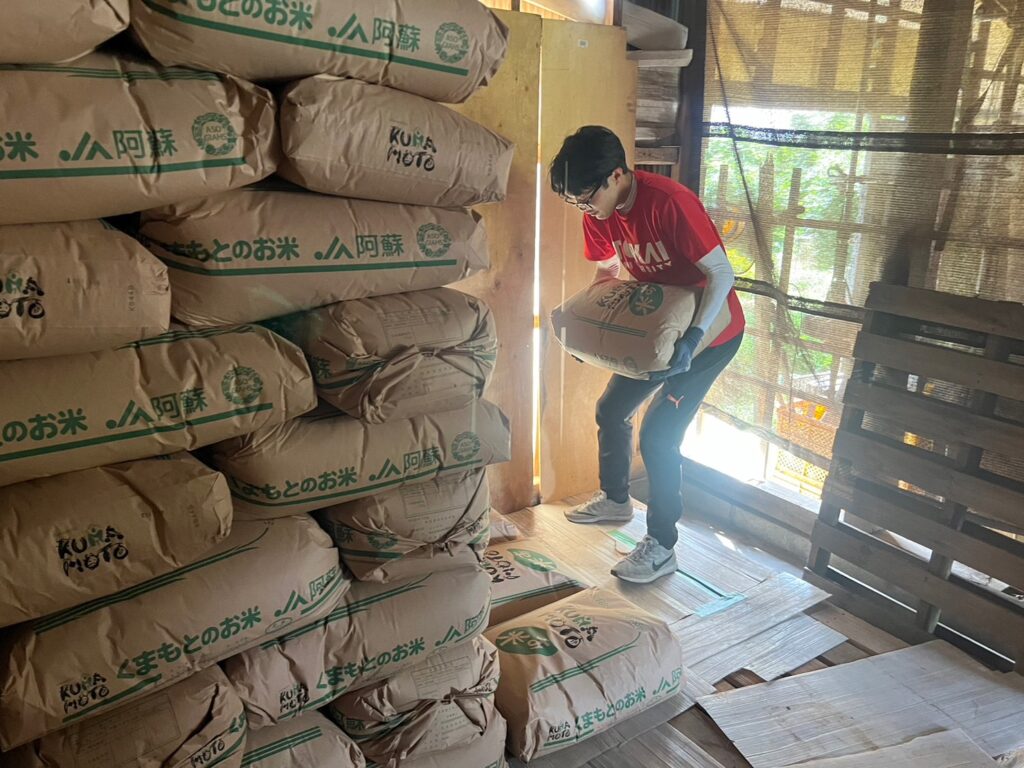
After finishing the work, we were given ``Oashisu rice,'' a type of rice grown by Mr. and Mrs. Otsu without the use of pesticides.The rice I ate after farming was many times more delicious than the rice I usually eat casually.I felt that it was a farmer's privilege to be able to eat the rice they had grown themselves on their own table.
in conclusion
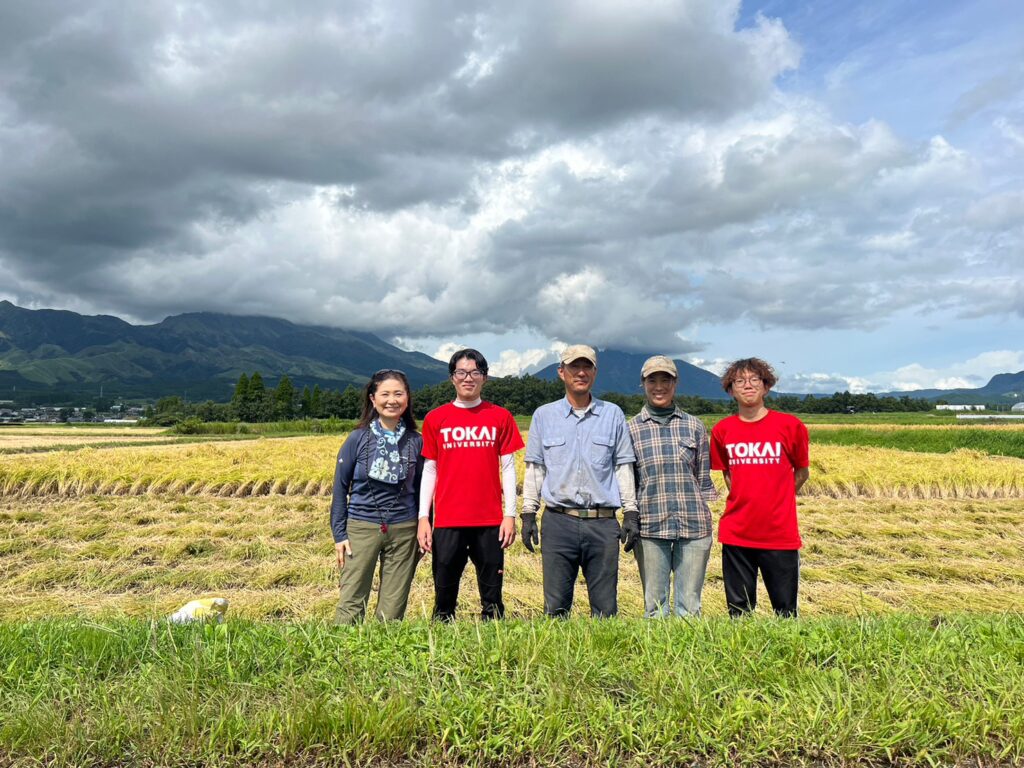
This time, I spoke with Airi and learned that Aso's wonderful landscape and nature have been preserved through traditional agriculture.
As the population continues to decline, the number of people involved in agriculture is also decreasing.If the people who carry it are gone, the landscape of Aso will be lost.In order to continue protecting Aso's natural landscape, I felt it was necessary to create opportunities for people to learn about the connection between agriculture and landscape creation.
For more information about O2Farm, please see the link below.
O2Farm official homepage
https://o2farm.net/
Tokai University Ecotourism Research Group 2nd year
Written by Shugo Kawakubo
